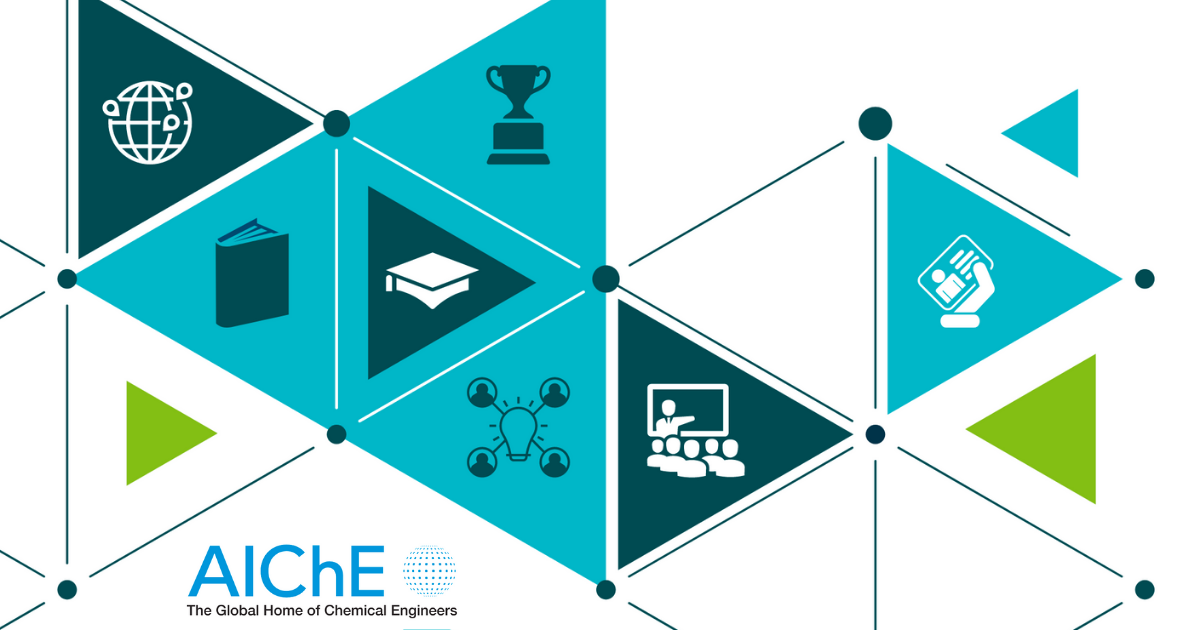
If you grew up in the U.S. East Coast or Midwest regions, you may remember the childhood thrill of finding out school was cancelled due to a snow day. However, for Donna Riley — Dean of the School of Engineering at the Univ. of New Mexico (UNM) — a native of Pasadena, CA, it wasn’t blizzards that made her stay home as a student, but rather smog.
Before the U.S. Environmental Protection Agency (EPA) was established and the Clean Air Act was passed in 1970, unregulated vehicle emissions and a rapidly growing population caused Los Angeles (L.A.) and its surrounding areas to be cloaked in a thick haze. Many residents accepted this as the norm, but Riley was unwilling to take this as an unsolvable problem. “The environmental bads are not distributed equally in L.A.,” says Riley. She began to notice that working-class people were more affected by air pollution, their neighborhoods situated more closely to landfills and industrial sites.
Riley recalls taking road trips with her family to explore other parts of California. She remembers noticing the stark contrast between the air quality and natural beauty of other regions of the state and L.A., inspiring a passion for environmental and social justice early on. This passion would drive Riley’s future career as an educator and advocate for underrepresented groups in chemical engineering...
Would you like to access the complete CEP Article?
No problem. You just have to complete the following steps.
You have completed 0 of 2 steps.
-
Log in
You must be logged in to view this content. Log in now.
-
AIChE Membership
You must be an AIChE member to view this article. Join now.
Copyright Permissions
Would you like to reuse content from CEP Magazine? It’s easy to request permission to reuse content. Simply click here to connect instantly to licensing services, where you can choose from a list of options regarding how you would like to reuse the desired content and complete the transaction.
